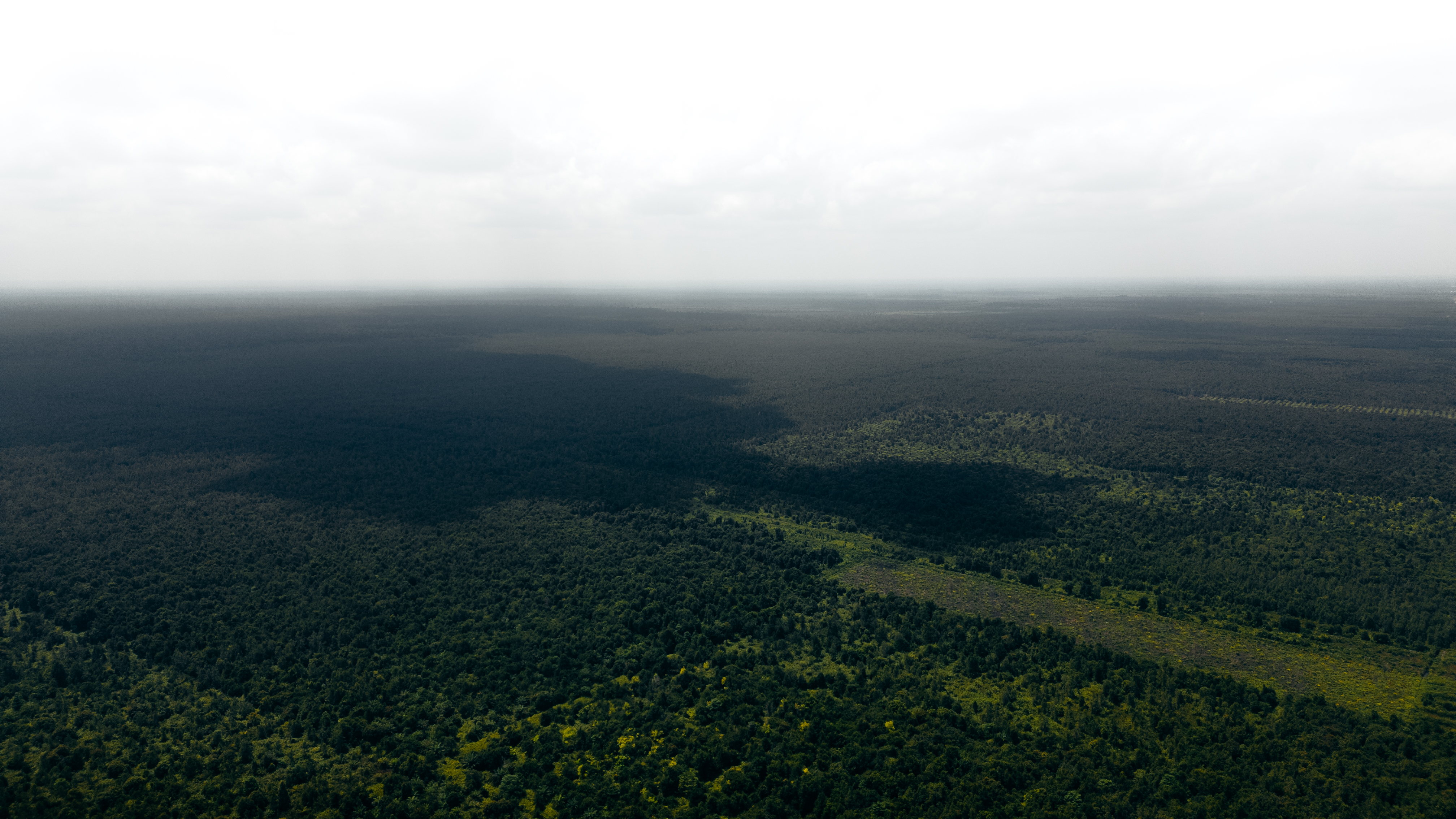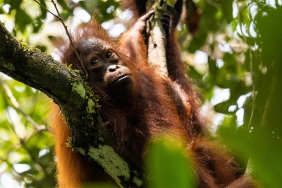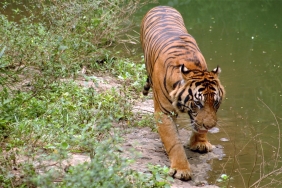A LOOK AT THE CONSTRUCTION OF AN ANIMAL OBSERVATION STATION IN BUKIT PENINJAU
By Masayu Yulien Vinanda
Pontianak (10/04)- In an effort to encourage biodiversity research activities, especially orangutans around the Labian-Leboyan corridor area, West Kalimantan, WWF-Indonesia built an animal observation station at Bukit Peninjau, Melemba Village, Meliau Hamlet. The local community was actively involved in the planning process up to the construction of the research center.
The construction process was carried out with ecological aspects in mind. The timber used was not taken from the wood around the location of the research station because it would disturb the habitat and nests of orangutans that are found on the hill. Building materials for the construction of this research station were all taken in the production forest area around the viewing hill and not taken from within the conservation area. The timber used for the building materials was tekam and belian wood. The belian wood taken from the hill is generally dead, and is either logged by the community or left over from the community's building materials.
Before carrying out wood collection activities, WWF and the Meliau community first conducted a survey of wood locations at a number of points with uneasy terrain. The survey was conducted in four locations in the production forest area, namely in Semati River, Semati Bilau River, Bird's Nest Lake, and Lake Kasim-Bukit Peninjau road survey. The road survey in question is the road for transportation of building materials from Lake Kasim to the research station location. The road that is often used is very far and circular with a distance of about 1.7 km. To facilitate the transportation process, a new road was created. By using compass and GPS equipment, the distance between Lake Kasim and the Research Station with the new route was successfully cut. Now, the distance between the two locations is only 790 m. This road is a transportation route for goods and building materials for the research station, using floorboards.
Until now, the 7 x 12 meter staff housing building has been completed. Not only that, a water dam was also built around the research station, which is used for clean water supply. Another benefit of the dam is the 100-watt hypohydro power plant used to light up the research station. The environmentally-friendly power plant has now started operating for 12 to 24 hours.
The construction of this animal observation station is expected to become a base camp for the collection of scientific data on biodiversity in the area, especially data on the endangered wild orangutan Pongo pygmaeus pygmaeus. Comprehensive data on the species can be used as a reference in developing and strategizing conservation efforts for the charismatic animal.
Furthermore, WWF-Indonesia West Kalimantan Program Manager Hermayani Putera hopes that the Bukit Peninjau animal observation station in the future will be able to support other activities such as ecotourism with a special interest in Orangutan observation. .
"I am optimistic that with the support of the community around Melemba Village, especially at Rumah Panjang Meliau which has been prepared by the local tour operator KOMPAKH (Kapuas Hulu Tourism Community), the ecotourism program based on Orangutan observation can become an icon of Kapuas Hulu Tourism in this region. Of course, this will greatly support the commitment of the Kapuas Hulu Regency Government which has designated the Labian-Leboyan Corridor as a Regency Strategic Area as stated in the Kapuas Hulu Regency 2011-2031 Spatial Plan (RTRW) document," he concluded.





